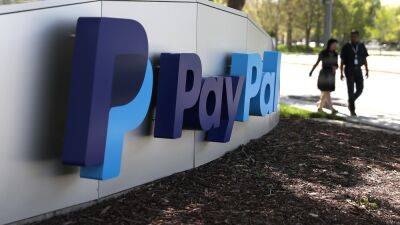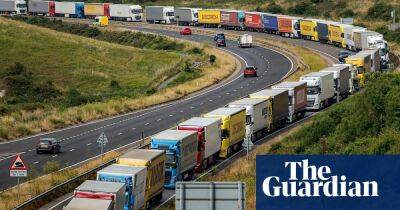Portsmouth’s £25m border post stands empty after minister’s imports U-turn
Next to the container terminal at Portsmouth International Port, just a few hundred metres from the water’s edge, stands a new hi-tech border control post.
Built over the past 18 months at a cost of £25m, a cost shared by the taxpayer and the port’s owner, Portsmouth city council, the high-specification facility should be in its inaugural week of use, handling post-Brexit checks on imports of animal, plant and forestry products arriving from the EU.
The building stands empty and silent, however, following the government’s decision in April to delay, probably for good, the introduction of physical inspections of fresh meat, fruit, vegetables and plants from the EU.
The facility was completed before the government’s previous and much-delayed start date of 1 July for the new border measures.
The government is now working on a new operating model for imports – due to be published in the autumn and come into effect at the end of 2023 – following the announcement by the Brexit opportunities minister, Jacob Rees-Mogg, at the end of April that all checks and paperwork at the border would be digitised.
The decision has left ports such as Portsmouth counting the cost and wondering what to do with their impressive but redundant multimillion-pound white elephants.
The British Ports Association (BPA), a lobby group for the industry, calculates that at least £450m of taxpayers’ money has been spent on these now mostly unwanted new border control facilities.
This includes the £300m spent on buildings at ports, as well as an estimated £250m spent by the government on building 10 inland border facilities, in places such as Dover and Holyhead where there is not space for a checkpoint next to the terminal. These buildings will be difficult to
Read more on theguardian.com

![The Graph [GRT] short-term investors can expect this in Q3 2022 - ambcrypto.com - city Santiment](https://finance-news.co/storage/thumbs_400/img/2022/8/3/35746_lnp.jpg)



















